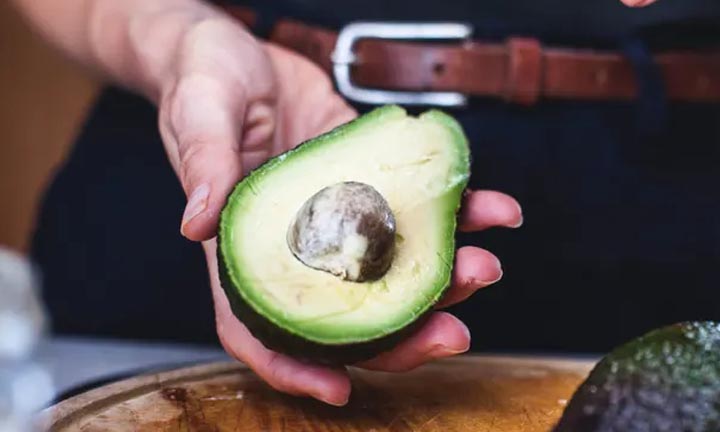SOURCE: Helen Sullivan, The Guardian
It was the summer of 2018 and Australians were sweating. In their hands: a single avocado pear, barely ripe. The price: $9. Could it possibly be worth it? And how many times had it been squeezed?
Thankfully, though much has gone wrong in the world since that fateful January, one thing has gone right – this winter, Australians can afford to eat all the avo on toast they like, with the savoury green fruit selling for just $1 (55p, or 77c) each.
The eye-watering drop in price is due to a bumper crop – the result of good weather and new trees. Australia is home to three million avocado trees; half of those were planted in the last five years alone. The trees can take just three or four years to start bearing fruit.
“Avocado production is 65% higher this year since last year,” said John Tyas, CEO of Avocados Australia. “The planets have aligned and its phenomenal.”
For avocado lovers the good news just keeps coming. New technology developed this year by the University of Queensland could see 500 new trees produced from a one-millimetre cutting in future, compared to the single tree per cutting growers get now, the Australian Broadcasting Corporation reported.
“Like many people in the developed world, Australians didn’t really eat avocado 20 years ago,” said Tyas.
He credits the local appetite for the spreadable fresh produce – technically a berry – with the fact that avocados can be grown year-round. Australians also eat avocados for breakfast – with the beloved and now ubiquitous “smashed avocado” – minced with a fork, seasoned and served toast – made world famous by Sydney chef Bill Granger.
The country’s per capita avo consumption is 4kg a year – higher than the US at 3.6kg and way ahead of the UK’s 1.4kg.
“My parents probably didn’t eat an avo until they were in their 50s,” said Daryl Boardman, who traded dryland wheat and cotton farming for avocados in 1999. “I didn’t eat one until I was 20. Now people start eating them as babies.”
So voracious is the appetite for avocado in Australia, young people have been warned to stop eating so many if they ever want to own their own home. In 2016, a columnist for News Corp daily The Australian complained that he had personally seen young people paying “$22 a pop and more” for smashed avo, when they could have been saving this money for a house instead. The financial advice was repeated by Australian millionaire Tim Gurner in 2017.
The one-dollar price point may mean that millennial Australians can finally have it all.
“This is the year to get your home deposit together,” said Tyas, laughing. “While avocados are such great value, you should be able to save a couple of dollars.” Then again, house prices in Australia are among the fastest growing in the world. And unlike avocados, money does not grow on trees.
Australian avocado production has more than doubled in ten years, from 40,000 tonnes in 2009/10 to nearly 90,000 in 2019/20 – at a value of almost half a billion dollars (A$493m). Of these, 80% were Hass avocados – with the much-maligned Shepard variety making up 17%. Just 5% of this is exported.
It is likely to double again in the next ten years, said Tyas.
The small number of imported avocados come from relatively nearby New Zealand, which means Australian consumers are not exposed to so-called “blood avocados” grown in Mexico produced with involvement from violent cartels.
Australia plans to grow its avocado exports, with the Avocado Fund– a research and development fund financed by levies paid by farmers – aiming for 10% of avocados to be exported this year. The UK is unlikely to be able to say G’day to any of it though: already serviced by low-cost suppliers, it is also very far away from Australia.
Growers have their eyes, instead, on Asia. Australia recently gained access to the Japanese market – a tricky negotiation, as the Queensland fruit fly is a quarantine pest.
The Asian market will be important if farmers are to reap the benefits of larger crops. Australian avocados are finally competitive with those from markets including Chile and Mexico, said Boardman. He also hopes that the lower local cost will mean more people can afford to eat them – and that those already adept at slicing around a large brown pip will buy more than ever.
He just wishes shoppers would stop squeezing the fruit. “It’s not good for avocados. it’s their most vulnerable time,” he said. “They should be handled like eggs.”

